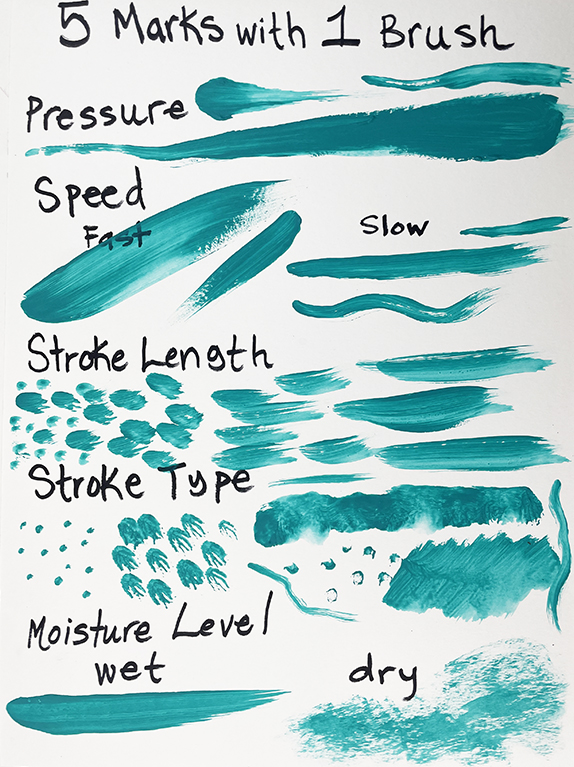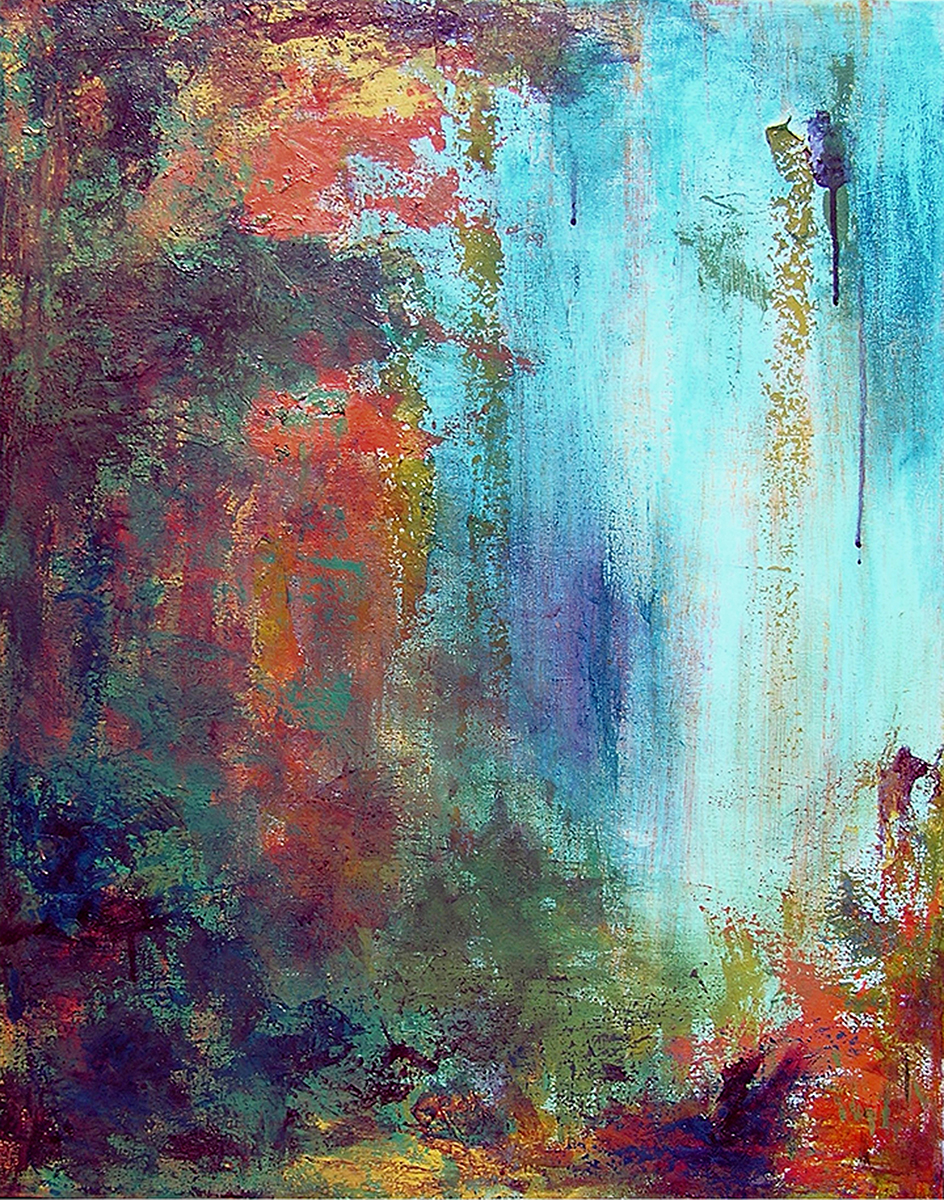When diving into the world of acrylic painting, understanding how to use paintbrushes for acrylic painting is essential. The versatility of a single brush can significantly enhance your artwork, adding depth, movement, and emotion. In this blog post, we’ll explore five unique ways to use one brush to create diverse and captivating marks that will elevate your paintings.
Importance of Brush Techniques in Acrylic Painting
Paint brushes are more than just tools for applying paint; they are extensions of your creative expression. By varying the way you use your brush, you can breathe life into your artwork, making it dynamic and engaging. Without variation, your paintings might start to look monotonous. Therefore, let’s dive into the five techniques to make the most out of your brush.
If you prefer to watch the tutorial, check it out here:
1. Pressure: Creating Depth with Varying Thickness
Understanding how to use paintbrushes for acrylic painting involves mastering the art of pressure. By adjusting the pressure of your brushstrokes, you can create lines of varying thickness, adding a three-dimensional quality to your work.
- Light Pressure: Lightly pressing your brush will produce thin lines that appear further away in the picture plane.
- Heavy Pressure: Applying more pressure results in thicker lines that seem closer to the viewer.
Experimenting with pressure can add a sense of depth and realism to your paintings. Furthermore, it allows you to highlight certain areas, making them stand out more prominently.
2. Speed: Conveying Energy and Movement
The speed of your brushstrokes can drastically change the energy and feel of your lines.
- Quick Strokes: Fast brushstrokes convey a sense of urgency and movement, bringing your artwork to life.
- Slow Strokes: Slow, deliberate strokes add stability and intention, giving a thoughtful and measured feel.
By varying the speed of your brushstrokes, you can create a dynamic range of emotions and energies in your artwork. Consequently, this variation helps in maintaining the viewer’s interest.
3. Stroke Length: Balancing Rhythm and Flow
The length of your brushstrokes plays a crucial role in guiding the viewer’s eye through your painting.
- Short Strokes: Short, choppy strokes can create a rhythmic and energetic feel, ideal for textured and detailed areas.
- Long Strokes: Long, fluid strokes provide a sense of cohesion and flow, perfect for smooth transitions and backgrounds.
Balancing short and long strokes helps maintain viewer interest and enhances the overall composition of your painting. Additionally, this balance contributes to a more harmonious and visually pleasing artwork.

4. Stroke Type: Exploring Diverse Textures
Brushes aren’t limited to simple strokes; they can create a variety of textures and marks.
- Dabbing: Use your brush to dab and create dots or textured marks, revealing the brush’s texture.
- Back of the Brush: The backside of the brush can be used for precise dots and lines, adding intricate details to your work.
Experiment with different stroke types to diversify your marks and keep your artwork intriguing. Moreover, exploring various stroke types can lead to discovering unique techniques that enhance your personal style.
5. Moisture Level of the Brush: Manipulating Paint Consistency
The moisture level of your brush significantly impacts the appearance of your brushstrokes.
Wet Brush
- Wet Brush Technique: When your brush is wet, the paint coverage is more consistent and opaque. Load your brush with a decent amount of paint and apply firm pressure for solid coverage.
- Drip Painting: For a creative twist, load your brush with water and let the paint drip, creating unique, flowing effects. Check out this video for inspiration:
Dry Brush
- Dry Brush Technique: Use a minimal amount of paint on a dry brush to create textured, scratchy marks. This technique is perfect for adding highlights or creating a rough texture.
- Wiping Excess Water: If your brush is too wet, simply wipe it with a rag or paper towel before using the dry brush technique.
Both wet and dry brush techniques offer unique effects, enhancing the texture and depth of your artwork. Consequently, mastering these techniques can significantly improve the overall quality of your paintings.
Final Thoughts: Expanding Your Brush Techniques
A single brush can transform your acrylic painting experience if you explore its full potential. By varying pressure, speed, stroke length, stroke type, and moisture level, you can keep your painting process exciting and innovative.
How do you use your paintbrushes for acrylic painting? Share your techniques and tips in the comments below! Let’s continue to inspire each other and expand our creative horizons.
WANT TO LEARN MORE?
- Subscribe and get one of the FREEBIES below!
- PDF explaining How to Use My 5 Favorite Mediums
- Take the Quiz: What Abstract Artist are you Destined to Be?
- 8 Colors Every Artist Should Have: My list of BEST colors to buy and pro mixing tips
- Check out My Online Abstract Painting Course
- Read More Painting Tips Blog Posts
- Check out My Paintings & Art Prints for Sale
- Follow Me On YouTube, Instagram, or Pinterest
ABOUT ANDREA CERMANSKI
I am an artist out of Santa Fe, New Mexico who has been painting for almost 30 years. I love to teach first-timers as well as experienced painters who need a creative reboot. My work has been displayed in several galleries around the country, and I have a Bachelor’s in Art History, a Master’s in Art Education, and had my work in a show juried by Judy Chicago. The idea of getting more people painting makes me light up as I want to inspire more people to express their creative selves and tap into a place of joy and calm.
